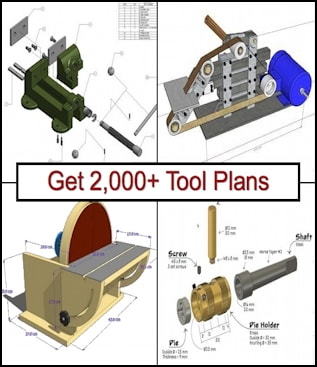
Originally Posted by
Saltfever

The tail has tremendous elevator authority. At 4:01 you can see him lift the tail off the ground standing still! Many tail dragers need some forward velocity to do this. It has two tandem engines thus assuming CG is located somewhere between them. Probably quite a bit BEHIND the center-line of the wheel axles. Tail dragers have the CG behind the axles so the tail will sit on the ground. As mentioned, wheel drag would create a turning moment about the CG but some of it is attenuated by the distance from the CG. Also mentioned, pitch stability needs to offset that moment. Look carefully at 3:37 and 3:38. As the wheels make initial water contact there is only a slight UP deflection of the elevator. However, milliseconds later you will see the plane LIFT from the hydroplaning wheels as they start to dig in. At that exact time he aggressively applies UP elevator. With the tremendous elevator authority, and the UPWARD acceleration from the hydroplaning wheels, everything is in harmony. :-)


 LinkBack URL
LinkBack URL About LinkBacks
About LinkBacks




 Reply With Quote
Reply With Quote


Bookmarks